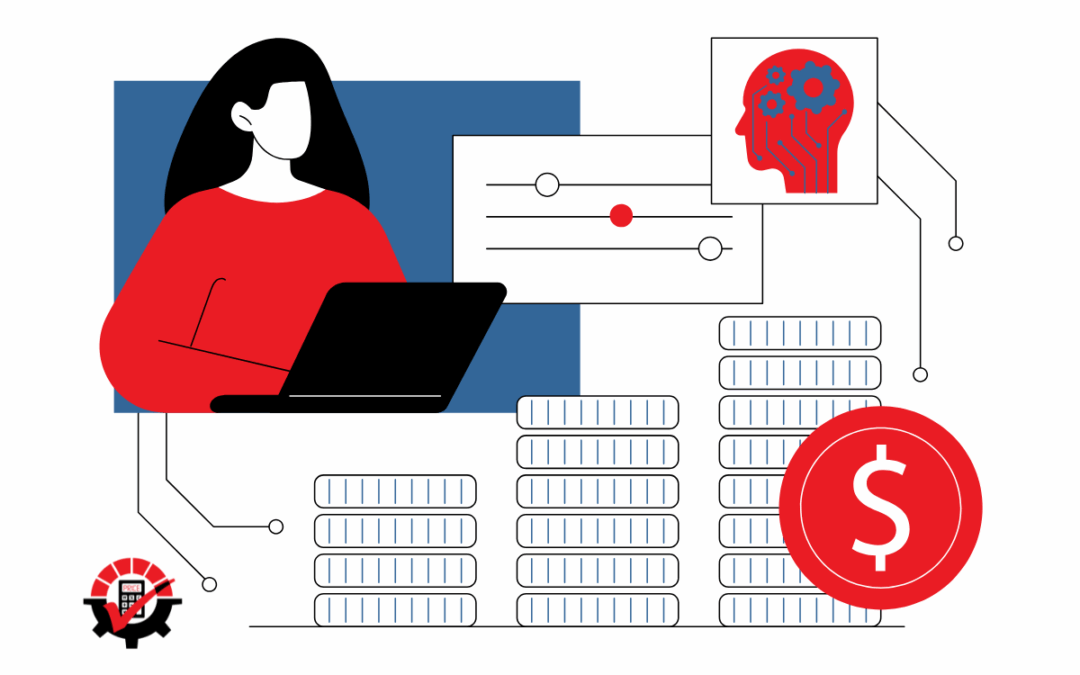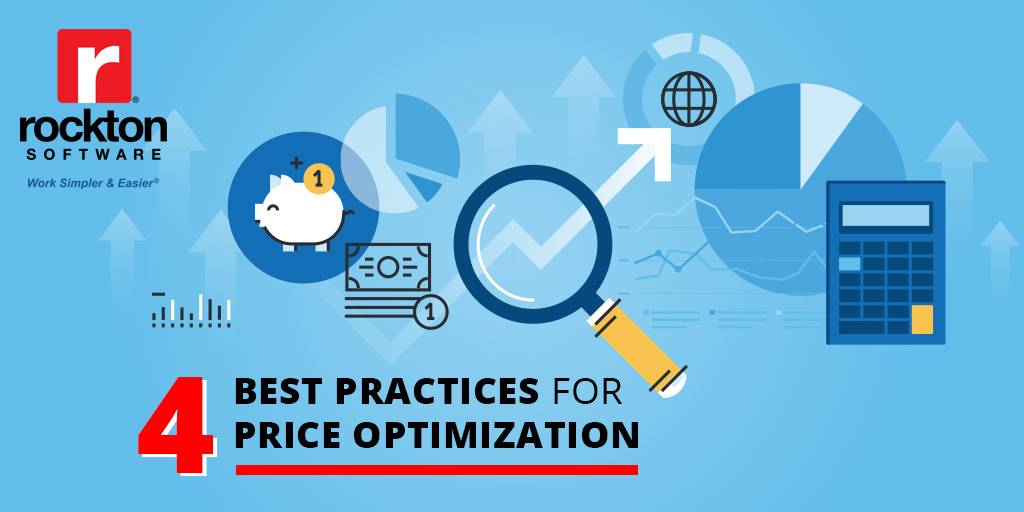When nearly 80% of manufacturers in a 2022 survey are experiencing supply chain challenges, increased raw material costs, and the workforce downturn, it’s no surprise manufacturing companies are searching for ways to lower costs. Raw material, labor, energy consumed, and wastage are considered traditional costs, but the competitive market added additional considerations. Nowadays, manufacturers must be receptive to reaching the market in time, the latest consumer demand, and regulatory compliance while maintaining consistent high quality end products. This added pressure explains why reducing manufacturing costs is so important in today’s market.
How to Reduce Manufacturing Costs
Manufacturing costs are mainly accumulated by labor and materials. Thus, it’s wise to focus on decreasing labor and material costs to reduce manufacturing costs. Cutting labor costs requires focus on optimizing the employees you do have and streamlining processes for managing said employees. One suggestion on how to achieve this gold standard is automation. Skip ahead to the next section for a deeper dive into automation or continue reading.
The second part to manufacturing costs is materials. Because supply chain challenges are an issue, revising your design or production could be a solution to lessen material cost. Here’s a few simple ways to do that:
- Find a reliable supplier
- Swap expensive materials for more affordable ones
- Only buy what you need
- Limit packaging
Though automation may not be the ideal solution for cutting material costs, it can still result in significant cost reduction.
How Can Automation Help Reduce Labor Costs for Manufacturers?
The 2022 survey produced by the National Association of Manufacturers discovered that 89.4% had unfilled positions within their companies for which they were struggling to find qualified applicants. Automation may be a solution to fill in the labor gap. According to an article on TimesJobs, automated processes will essentially allow greater output for the same level of manual input. How? Automation can reduce employees’ workload by doing the work for them. An example would be calculating price changes automatically. No need to pull out a calculator. When this happens, employees can focus on tasks that machines can’t handle and use their time more effectively, thus, saving on labor costs. Automation can also improve accuracy, increase production speed, and minimize human errors.
So, What Tool Can Help You Automate?
Ever heard of an ERP system? If you’re using one, then you already know the benefits, but if you don’t, you are missing out. Standing for an enterprise resource planning, an ERP system automates routine business processes and stores data in a centralized location. This means data is readily accessible to whoever needs it, and your team can work more efficiently together. An ERP system, like Acumatica and Dynamics GP, can give employees more time to do their jobs, which saves your company valuable time, resources, and money.
In some cases, there are specific needs you have that need to be met. This is where ERP integrations can be extremely beneficial. We’ll use Rockton Pricing Management as an example. Rockton Pricing Management allows you to schedule price changes, track all kinds of price adjustments, and automate the most complex and obscure pricing scenarios and calculations. If you’re a pricing manager, in accounting, or part of a sales team, Rockton Pricing Management (RPM) can make work simpler and easier.
Start Automating Pricing Management
So, how do you reduce manufacturing costs? The answer: automation. As shown, it helps employees to be more productive, which saves valuable time, resources, and money. We recommend starting automation with pricing management only because it’s one of those things that can make a huge difference when it’s simpler and easier. You don’t have to wake up at midnight to start a sale or edit countless spreadsheets only to make a detrimental error. Click here to learn how connecting RPM to your preferred ERP system (Acumatica or Dynamics GP) can help you automate and manage your pricing better to reduce manufacturing costs.







